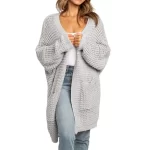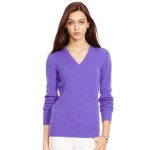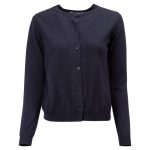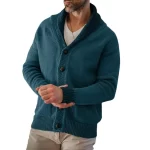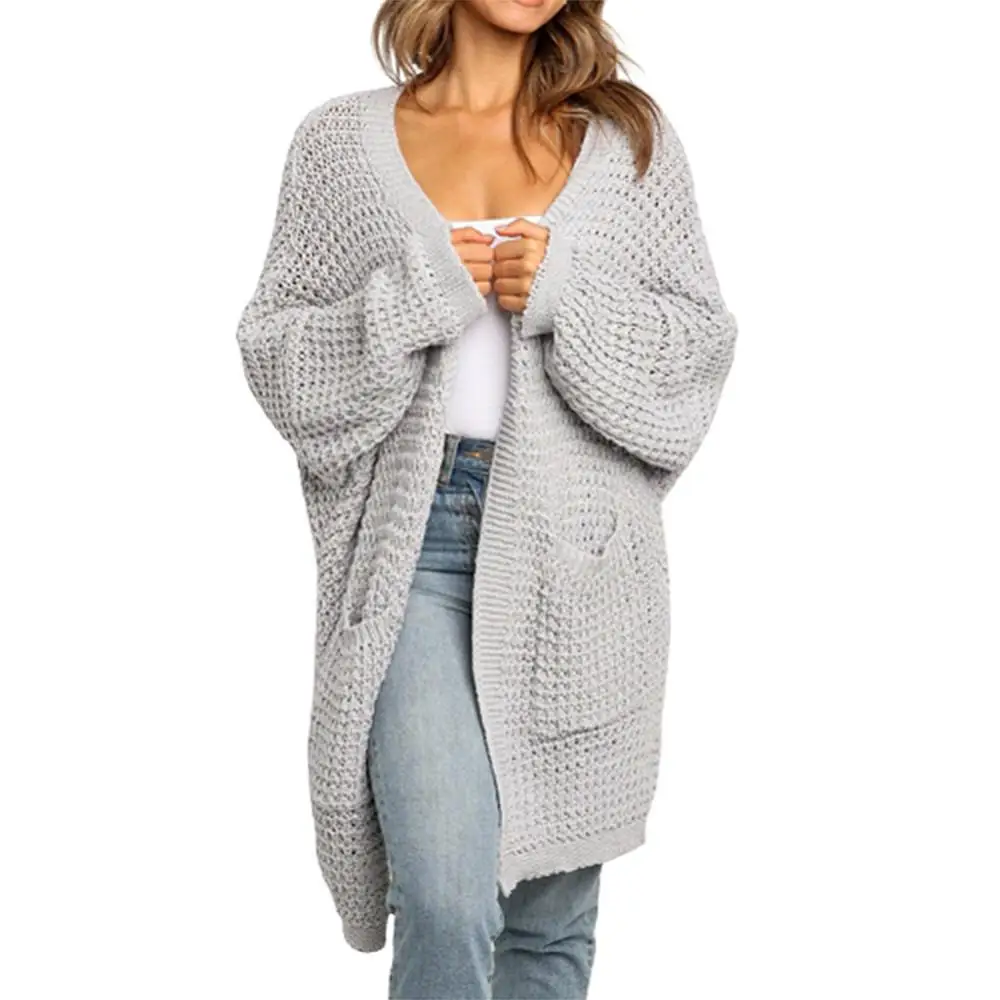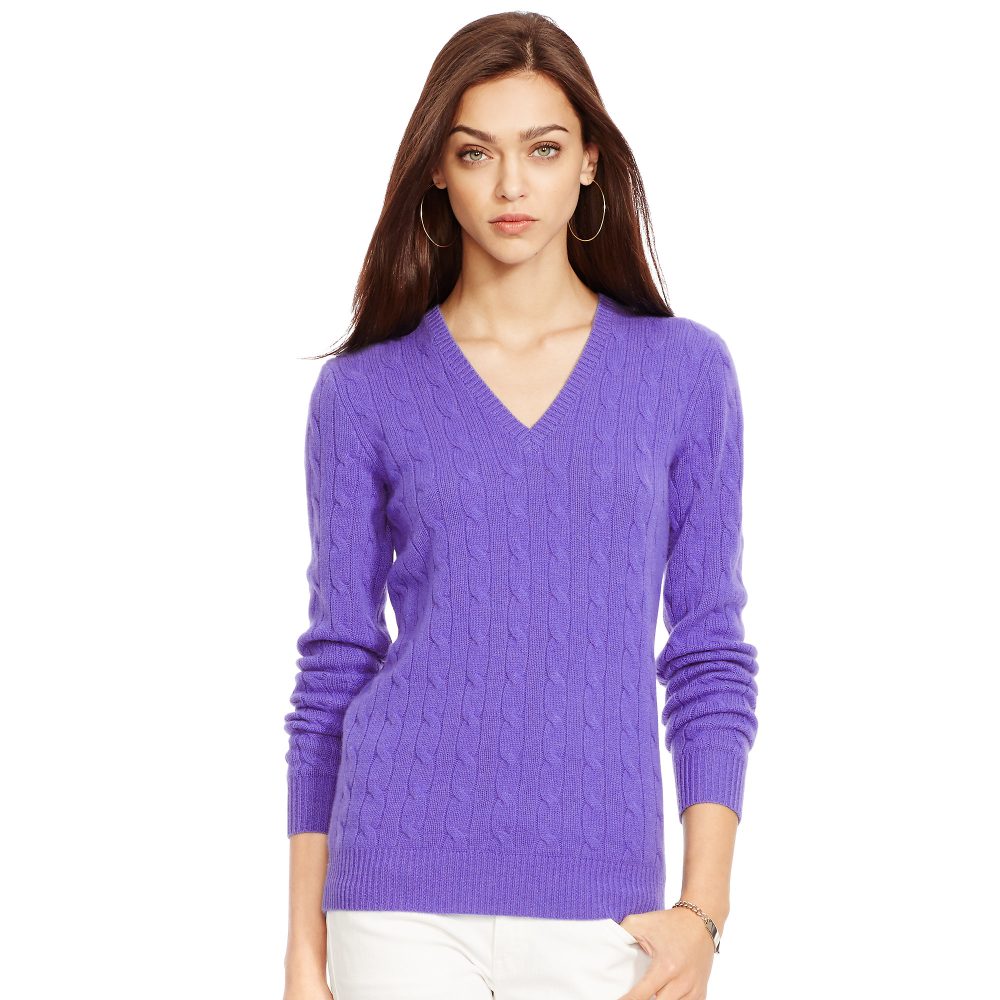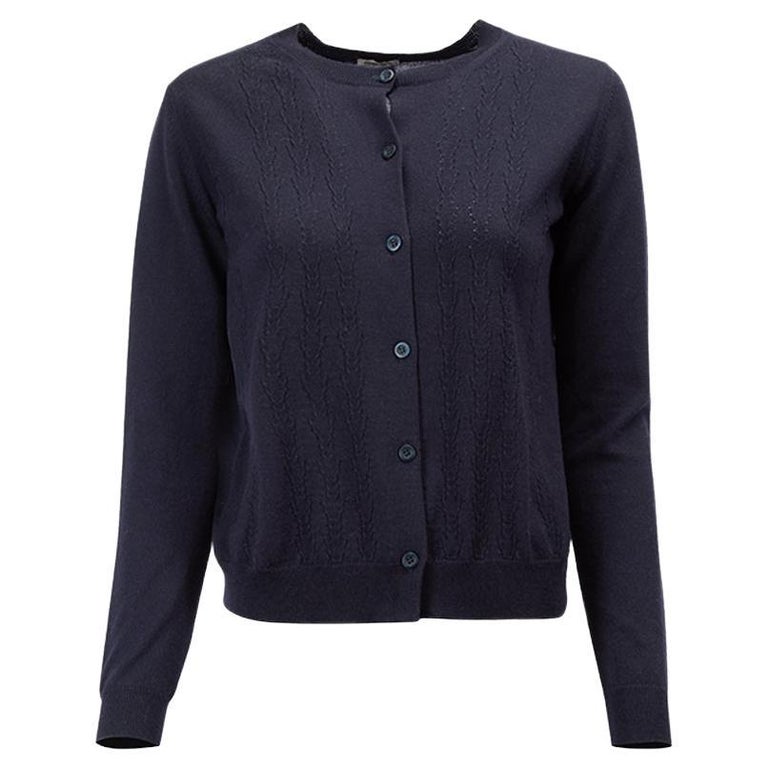What Are Compression Socks?
Compression socks are special hosiery designed to support circulation. They apply gentle pressure to your legs and ankles. This pressure promotes blood flow from your legs to your heart. They can help reduce swelling and prevent blood clots. People wear them for health reasons, sports, or comfort during long flights or shifts. The best compression socks for circulation have graduated compression. This means the compression is strongest at the ankle and decreases up the leg.
This design helps to fight the effects of gravity and aids in circulating blood back up to the heart. They come in various sizes and strengths to suit individual needs. Health professionals often suggest them for those with circulation issues. Athletes also use them to enhance performance and recovery. Whether you stand all day at work or are recovering from surgery, they could be beneficial. In summary, compression socks are a simple yet effective tool to improve circulatory health.
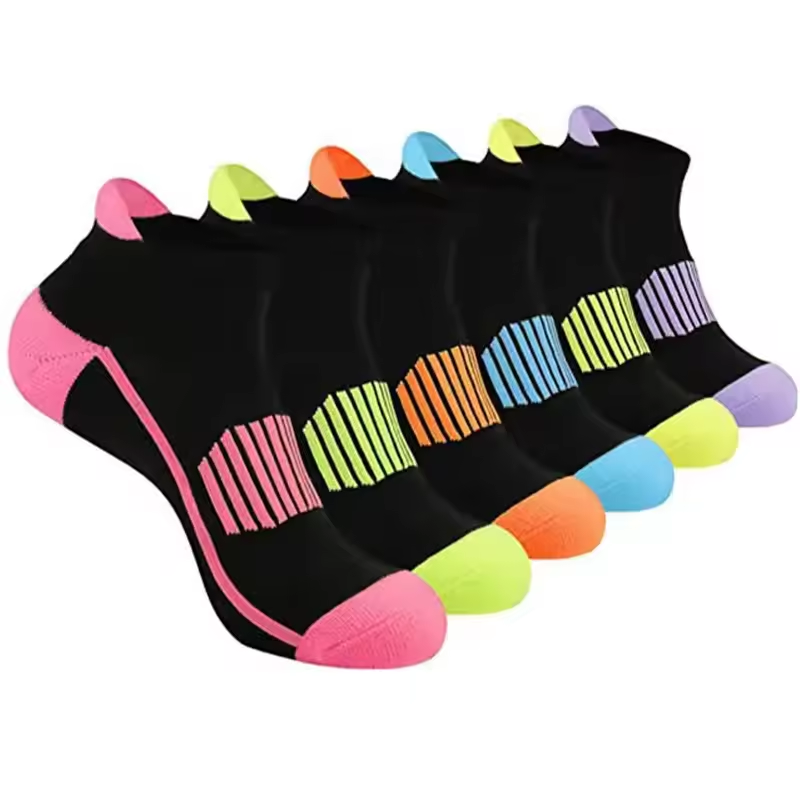
The Benefits of Using Compression Socks for Circulation
The best compression socks for circulation offer several health advantages. They support your body in ways that go beyond simple comfort. Let’s explore the key benefits.
Improve Venous Return
Firstly, these socks boost venous return. This process is how blood moves back to the heart. The gentle pressure from the socks helps to push blood upwards. This can reduce the risk of blood pooling in your legs which often leads to swelling and discomfort.
Reduce Swelling and Discomfort
Regular use can decrease swelling. The compression minimizes fluid buildup in the legs. This is a common issue for those who stand or sit for long hours. With less swelling, you also feel less discomfort throughout the day.
Prevent Deep Vein Thrombosis (DVT)
Compression socks are vital in preventing DVT, a type of blood clot. When seated for extended periods, like during flights, your circulation slows. This slowing can increase the risk of clots. Wearing compression socks keeps blood flowing, reducing this risk.
Enhance Athletic Performance and Recovery
Athletes find these socks beneficial for performance and recovery. The socks improve circulation during exercise, which can enhance endurance. After a workout, they help in reducing muscle soreness and speeding up recovery time.
Support for Varicose Veins
For those suffering from varicose veins, compression socks offer support. The compression supports the veins, easing the pain and discomfort associated with this condition.
Aid for Pregnancy-Related Circulation Issues
Pregnant women often experience circulation problems. The best compression socks for circulation can help manage these issues, making pregnancy more comfortable.
Overall Leg Health
Incorporating compression socks into your routine can contribute to overall leg health. They keep your legs feeling energized, which is especially helpful for individuals who spend much time on their feet.
In conclusion, compression socks provide a simple method to enhance circulatory health. They benefit your legs in multiple ways, from reducing the risk of clots to easing everyday discomfort. When choosing the best compression socks for circulation, consider your lifestyle and specific health needs to reap the maximum benefits.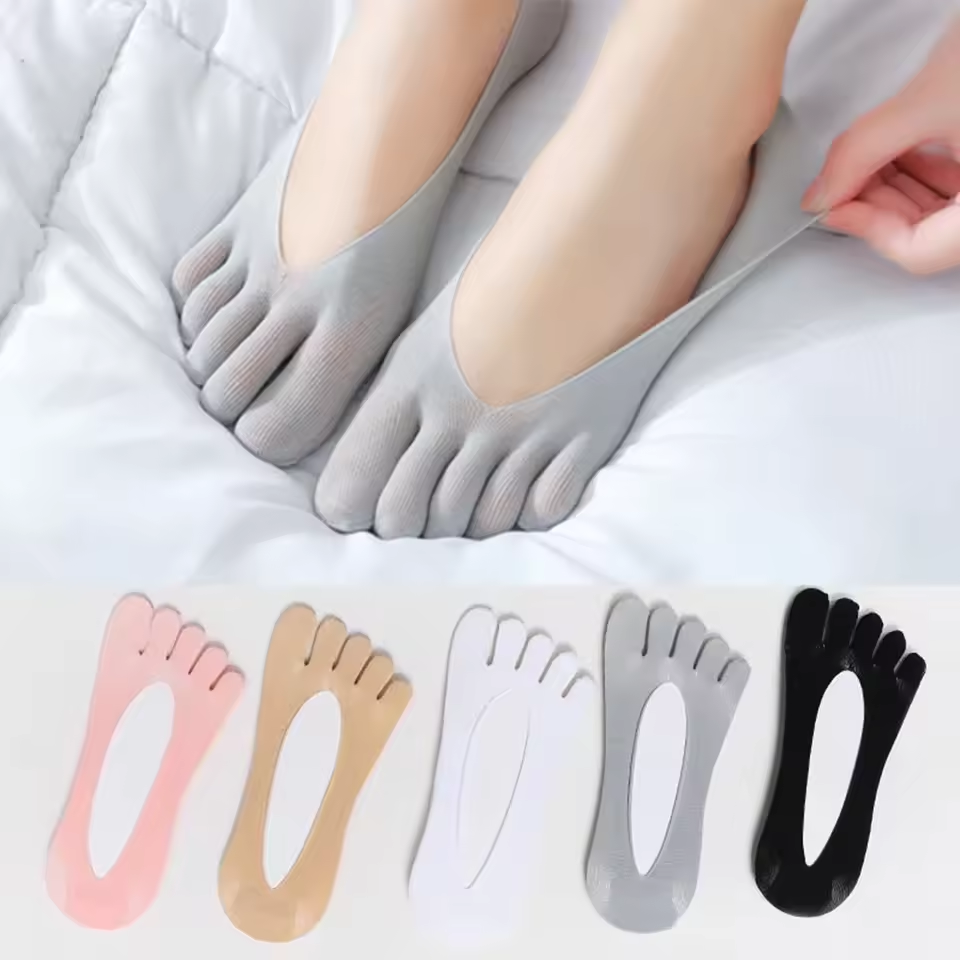
How Compression Socks Work to Improve Blood Flow
Compression socks use a smart design to boost your blood flow. They apply pressure most at your ankles. This pressure gets less higher up the leg. This design helps work against gravity. It pushes your blood back to your heart.
Graduated Compression Technology
Graduated compression is key to these socks. It means more squeeze at the ankle, less at the calf. This difference in pressure works with your natural blood flow. It makes it easier for blood to travel up your leg.
Aiding Muscle Pump
As you move, your muscles also push on veins. This helps blood flow back to the heart. Compression socks support this muscle pump. They help your muscles to squeeze more effectively.
Reducing Vein Diameter
These socks can make the veins in your legs narrower. A smaller space can make blood flow faster. This increase in speed can help blood return to the heart quicker.
Preventing Blood Pooling
Pooling is when blood builds up in your legs. This can be painful and unhealthy. By boosting blood flow, compression socks prevent this pooling. This way, your legs feel better and stay healthier.
In summary, the best compression socks for circulation use a mix of pressure and design. They help your body in its natural process of circulating blood. These socks are a simple yet strong way to keep blood moving right in your legs.
Choosing the Right Compression Socks for Your Needs
Choosing the right compression socks is critical for maximizing their benefits. Here’s how to select the best compression socks for circulation tailored to your needs:
Assess Your Lifestyle
Consider what you do daily. If you stand a lot, look for stronger compression. If you’re active, seek socks that offer flexibility and breathability.
Determine the Level of Compression Needed
Compression levels range from mild to extra firm. Consult a healthcare professional to understand what level suits your health and activities.
Check the Size for a Perfect Fit
Socks should fit snugly but not too tight. Measure your legs and refer to sizing charts to ensure a proper fit.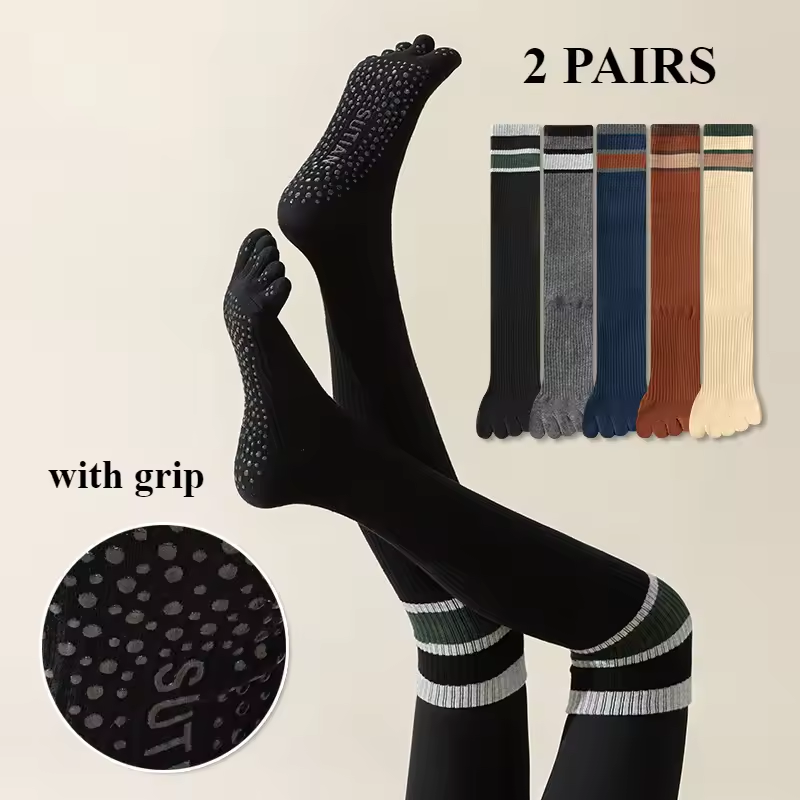
Evaluate the Material for Comfort
Choose a material that feels good on your skin and wicks away moisture. Options vary from cotton blends to high-tech synthetics.
Look for Graduated Compression
Ensure the socks offer graduated compression. This attribute is key to promoting proper blood flow from your ankles to your heart.
Making an informed choice about compression socks helps you achieve better circulation and comfort throughout your day. Keep these tips in mind to find the best compression socks for your individual needs.
The Top Features to Look for in High-Quality Compression Socks
When shopping for the best compression socks for circulation, certain features stand out. These features help enhance the benefits and ensure you get the most out of your purchase. Here are the top features to consider:
Graduated Compression Levels
Make sure the socks have graduated compression. This design offers a range of pressure that provides the maximum benefits for circulation.
Quality Material
Pick socks made from durable, high-quality materials. They should also be breathable and offer moisture-wicking properties to keep your feet dry and comfortable.
Correct Fit
A precise fit is crucial. It’s essential that the socks are snug but not too tight. They should also be easy to put on and take off.
Durability
High-quality socks should withstand frequent use. They need to maintain their elasticity and compression over time, even after multiple washes.
Comfortable Seams
Look for socks with flat or minimal seams. This detail is important for comfort, especially when you wear them for a long time.
Anti-odor Technology
Consider socks with anti-odor technology if you are active or wear them all day. This feature helps to keep your feet fresh.
Versatile Design Options
Choose a style that suits your personal preference. High-quality compression socks come in a variety of colors and patterns, allowing for personal expression even while seeking therapeutic benefits.
These features will guide you to the best compression socks for circulation. Pick socks that score high on these aspects and fit your specific needs. Each feature contributes to the overall effectiveness and comfort of the compression socks, enhancing circulatory health.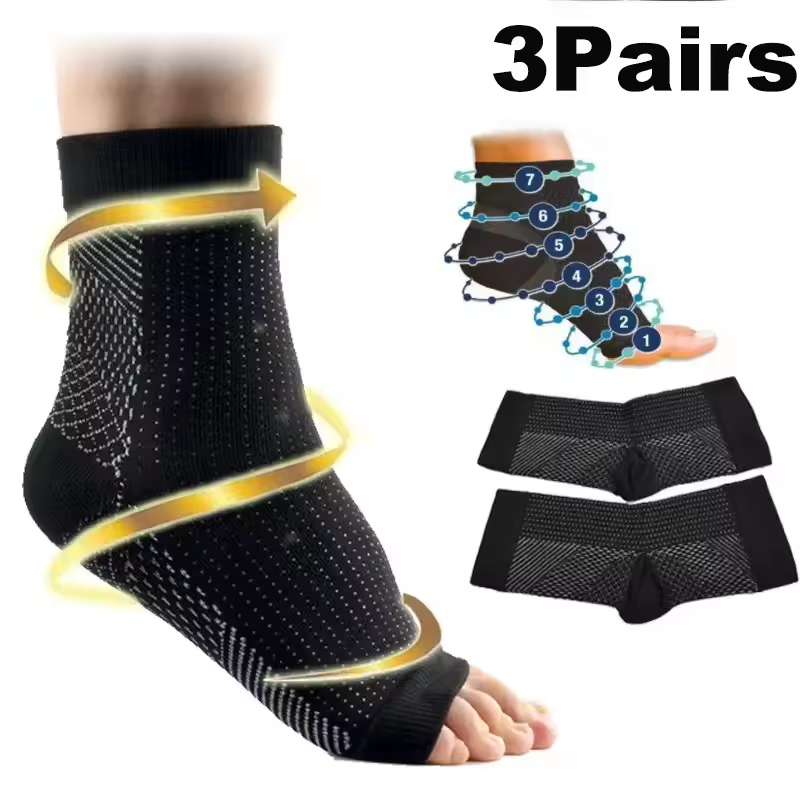
How to Properly Use and Care for Compression Socks
Using the best compression socks for circulation correctly is just as important as choosing the right pair. To maximize their effectiveness, follow these tips to properly use and care for your compression socks:
Putting On Compression Socks
- Use your hands to pinch the sock and turn the upper half inside-out, or use a sock aid device.
- Place your foot into the sock’s foot section and gently roll or pull the fabric up your leg.
- Smooth out any wrinkles or bunches, ensuring the socks lie flat against your skin.
- Remember, the tightest part should be at your ankles, decreasing as you move up the leg.
Daily Usage
- Wear compression socks during the day, especially during long periods of sitting or standing.
- Do not wear them to bed unless a healthcare professional advises you to do so.
- Take them off at night to allow your skin to breathe and rest.
Cleaning Your Socks
- Wash compression socks regularly to maintain their elasticity and hygiene.
- Follow the care instructions, often involving hand washing or a gentle cycle with cold water.
- Dry the socks away from direct heat; laying them flat is typically recommended.
Maintaining Your Socks
- Inspect your socks often for signs of wear and tear, such as thinning fabric or lost elasticity.
- Replace your compression socks every 3-6 months, as they can lose compression over time.
- Store them in a dry, cool place, away from direct sunlight to maintain their material quality.
General Tips
- Moisturize your legs in the evening after removing the socks to keep the skin soft.
- Have multiple pairs to use while others are being washed to ensure consistent use.
By properly using and caring for your compression socks, you extend their lifespan and get the most benefit for circulation and leg health.
Common Myths and Misconceptions About Compression Socks
With the growing popularity of compression socks come various myths and misconceptions. It is crucial to debunk these to ensure proper use and understanding.
They Are Only for the Elderly
A common myth is that these socks are only for older adults. However, people of all ages can benefit, including athletes, pregnant women, and those with active jobs.
Compression Socks Are Uncomfortable
Some believe they are uncomfortable to wear. But the best compression socks for circulation are made with comfort in mind and come in various fits and materials.
Only People with Health Issues Need Them
It’s often thought that compression socks are solely for health issues. Yet, they also aid in recovery for athletes, and travelers use them to prevent discomfort.
They Can Stop Blood Flow Completely
Another misconception is they can halt blood flow. In reality, they are designed to gently enhance circulation, not to obstruct it.
Socks with Lighter Compression Don’t Work
Some think lighter compression levels don’t help. Any level of compression can offer benefits, and the best one depends on individual needs.
They Are Difficult to Put On
People may avoid these socks, thinking they’re hard to put on. However, with the right technique, they can easily become part of a daily routine.
Compression Socks Can Cause Blood Clots
The fear that they can cause blood clots is unfounded. On the contrary, they are often recommended to prevent clot formation.
By understanding the truth behind these myths, you can confidently incorporate the best compression socks for circulation into your lifestyle for improved leg health.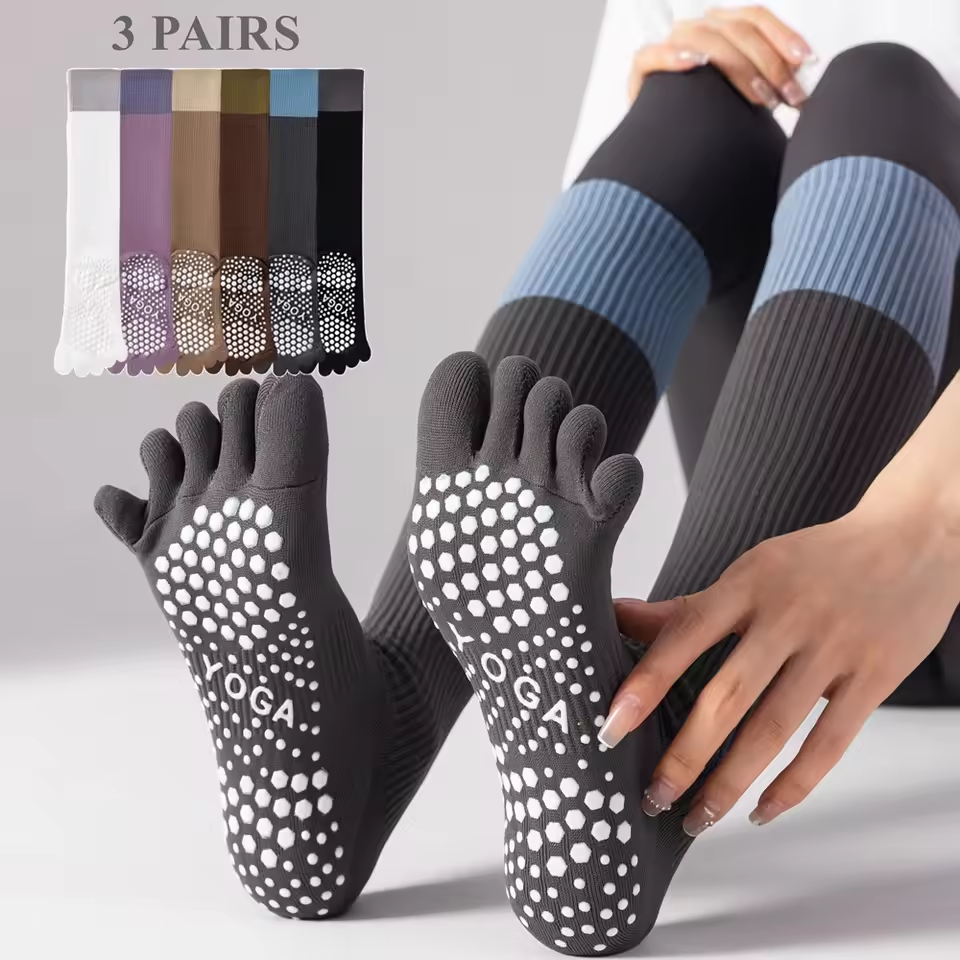
Where to Buy the Best Compression Socks for Circulation
When looking for the best compression socks for circulation, it’s important to know where to find them. There are several options:
- Specialty Medical Supply Stores: These stores often have staff who can help you find the right fit and compression level.
- Pharmacies and Drugstores: Some pharmacies carry a range of compression socks alongside other health aids.
- Online Retailers: Online stores offer a wide selection and the convenience of shopping from home.
- Sporting Goods Stores: These shops carry compression socks designed for athletes, with various performance features.
- Department Stores: Some department stores have health and wellness sections with compression socks.
Before you buy, remember to consider the key features discussed earlier. Look for graduated compression, correct fit, quality material, and good reviews. Many online shops have detailed sizing charts and customer reviews you can check. When shopping online, make sure you know the return policy in case the compression socks aren’t the right fit.
Wherever you choose to buy, ensure you are getting high-quality socks that meet your specific needs. A good pair of compression socks can be a valuable tool for maintaining leg health and improving circulation. Combine your purchase with the proper usage and care, and you’re on your way to experiencing the benefits compression socks offer.

